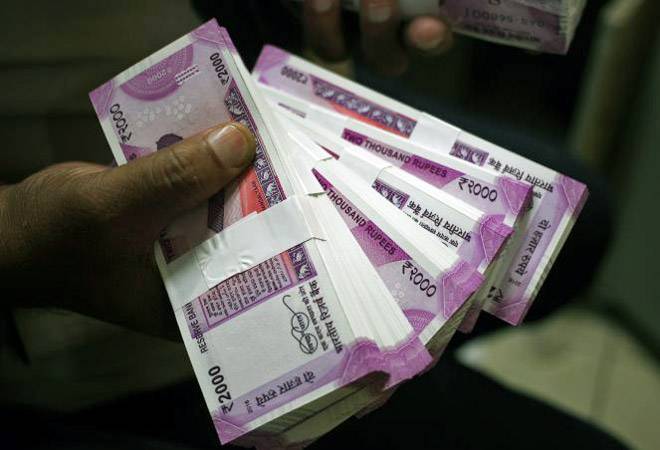There is an ongoing debate over whether the funding from international institutions such as World Bank (WB) and Asian Development Bank (ADB) actually helps the developing countries like India in achieving development objectives. A study by Thillai Rajan A. & Akash Deep published in Livemint argues that funding of infrastructure projects from global multilateral and bilateral institutions are more efficient compared to those built through public-private partnership (PPP). The private investment in the road sector is low as return on investment is little. These projects are not profitable and therefore private players refrain from investing but the building of roads is important due to positive externalities.
The global institutions such as the World Bank and Asian Development Bank have a long history of investing India’s national highway projects. These two agencies account for more than 90 percent of total projects funded by bilateral and multilateral institutions. The projects funded by ADB and WB are smaller compared to PPP projects and the time taken to complete these is higher, as depicted in the graphics above. This is possibly due to the fact that these multilateral institutions follow rule of law and rigorous governance process to allocate fund for any project.
However, the cost per lane-km is 2.4 crore rupees for PPP projects compared to 1.9 crore rupees for roads funded by WB and ADB. Therefore the projects funded by these multilateral institutions are almost 20 percent cheaper compared to PPP projects. This is primarily due to competitive international bidding for projects funded by these institutions against the favoritism and crony capitalism in projects under PPP. The crony capitalistic practices are seldom at the upper level of decision making under the Modi government but the lower strata of bureaucracy are still not clean.
The funding by WB and ADB helps in the development of backward regions where private investors do not invest given the trust issues and low profitability. The infrastructure requirements of cities like Delhi and Mumbai will get private investors but for the rural infrastructure, investment must come from government or global institutions such as World Bank. The highway projects in Naxalism hit areas will not get a private investor and therefore need for government investment generates. Modi government has prioritized the infrastructure development in the country in the last four and a half years. But the contribution of global institutions could not be ignored. There is taboo among the general public that investment from these global institutions comes with negative externalities. There is also a perception that taking money from them involves bargaining the sovereignty of the country which is definitely not the case. Developing countries like India need the cheap capital given by the global multilateral and bilateral institutions in order to finance capital expenditure which could accelerate GDP growth and improve the living conditions.
The capital offered by these institutions comes at a significantly lower rate compared to a loan from other private institutions. In the last few days, some articles were published by many media organizations which claimed that India’s debt has increased by 49 percent. However, the external debt to GDP ratio of the country has come down under the Modi government. India’s external debt to multilateral institutions is 57.3 billion dollars as of September 2018. Therefore spreading misinformation over public debt is against the interest of the country.
